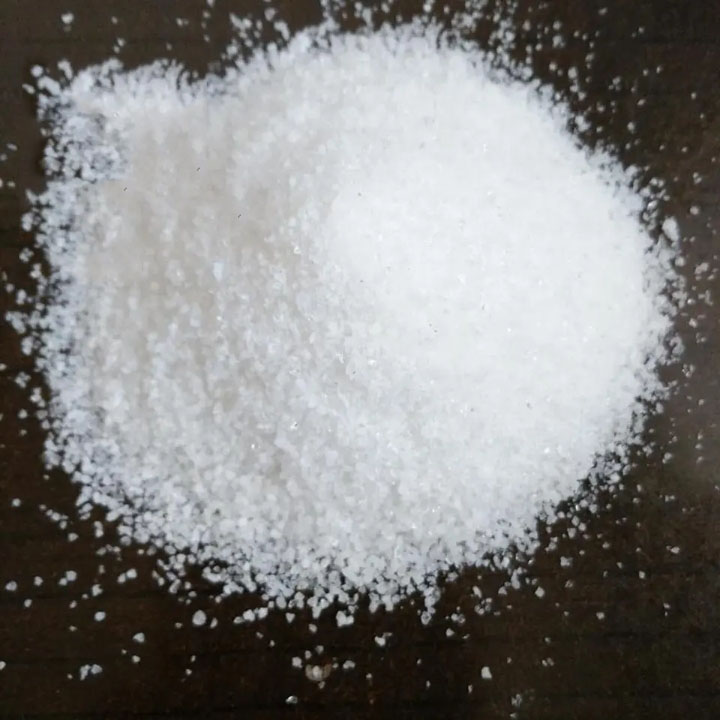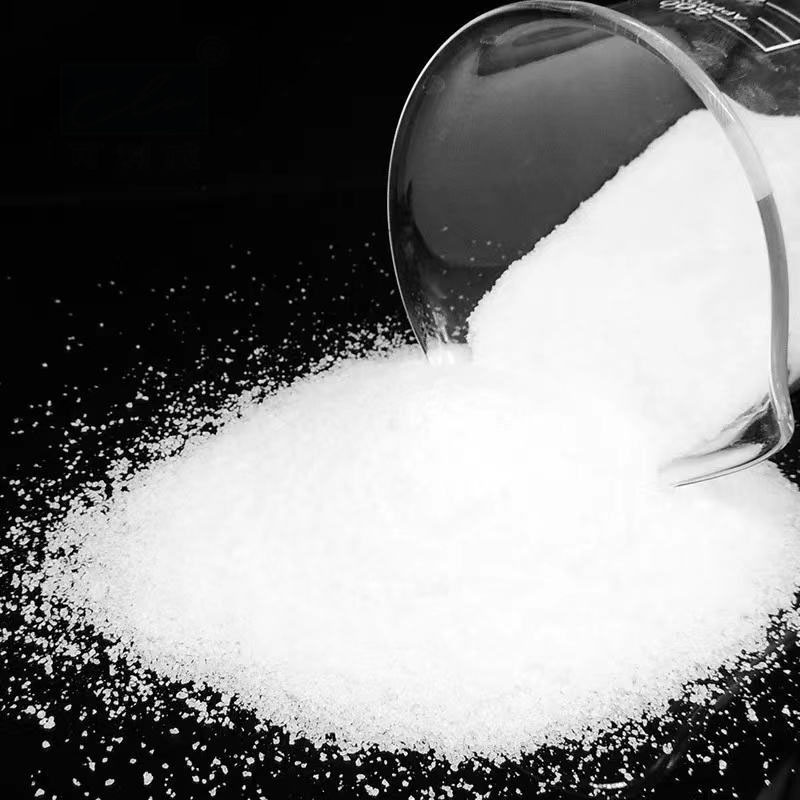
Privacy statement: Your privacy is very important to Us. Our company promises not to disclose your personal information to any external company with out your explicit permission.
Select Language
With the development of technology, polyacrylamide molecular weight can be controlled, easily soluble in water and less residual monomers, so that the product quality is uniform, stable, easy to use and reduce production costs, these common points have become the market demand for the pursuit of the goal, but also become the direction of the development of
polyacrylamide production technology.

(2) Reversed-phase microemulsion polymerization In recent years, on the basis of the theory and technology of reversed-phase emulsion polymerization and the emergence of reversed-phase microemulsion polymerization, there are AM and AM and other monomers copolymerization of reversed-phase microemulsion polymerization reported. The so-called microemulsion usually refers to an isotropic, clear and transparent, particle size of 8nm ~ 80nm thermodynamically stable colloidal dispersion system, through a variety of methods for the manufacture of water-soluble polymer micro-emulsion, with uniform particles, good stability and other characteristics.

(3) Reversed-phase suspension polymerization method
Acrylamide aqueous solution in the presence of dispersion stabilizers, can be dispersed in the mood of organic media for suspension polymerization, the product particle size is generally in the 1.0um-500um. while the product particle size in the range of 0.1nm ~ 1.0nm, known as columnar polymerization. In suspension polymerization, acrylamide aqueous solution in Span-60, inorganic ammonia, sodium fatty acids or cellulose acetate and other dispersion stabilizers exist in gasoline, xylene, perchloroethylene to form a stable suspension, triggered by post-polymerization.Cellulose resins and their plastics are the earliest industrialized products in the field of polymer chemistry. It is made of natural Polymers Cellulose, such as wood, short lint and grass cellulose...
Glass fiber reinforced PET is one of the widely used Plastics And Products, along with Polyethylene Thermoplastic、Polyester Elastomer、Polyphenylene Sulfide and other products. It is used in the...
Sewage treatment of environmental protection water treatment equipment involves other uses and the use scope of membrane bioreactor MBR technology. Buried sewage treatment equipment is suitable for...
Gelatine has a wide range of uses, but the wastewater produced by gelatine production still needs to be treated. According to the gelatine production method, we know that gelatine is mainly produced...
Email to this supplier

Privacy statement: Your privacy is very important to Us. Our company promises not to disclose your personal information to any external company with out your explicit permission.

Fill in more information so that we can get in touch with you faster
Privacy statement: Your privacy is very important to Us. Our company promises not to disclose your personal information to any external company with out your explicit permission.